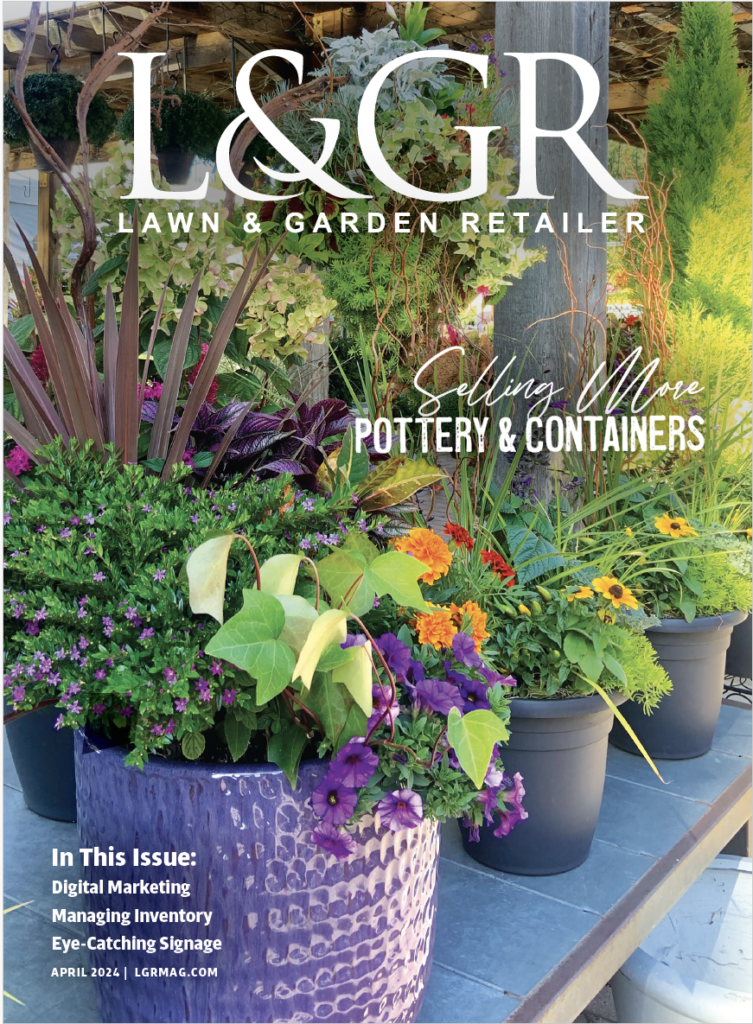Everything You Need
Every now and then we are all in need of a refresher whether it be a refresher in etiquette, a refresher in rules of the household or, in this case, a refresher in the necessary products for a birding department.
As with humans, there are three basic things birds need: food, water and shelter. And, as you well know, there are numerous products out there to provide all three. You should carry a variety of these products to service the needs of different birds and the desires of different customers. Let’s take it piece by piece.
Food
There are so many options when it comes to food, and it often becomes a sticky subject when discussing which birds eat which food. According to an article in A Bird’s Eye View, a bimonthly newsletter written by student members of the American Birding Association, many birds (especially in winter) eat seeds or berries. But not all seeds and fruit appeal to birds. Birdnature.com suggests that consumers use plants that will give the greatest overlap in flowering and fruiting times. Certain evergreens such as cedars, spruces and hemlocks provide food and serve as an excellent year-round cover. It may be a good idea to show a chart of what kinds of food attract which specific birds. You can find a similar chart on birdnature.com.
So, what about food sources? There are so many bird feeders to choose from. Particular products for particular birds are usually a good bet. It may be beneficial to know which birds are attracted to different types of feeders. For example, according to bestnest.com, blackbirds, bluebirds, grackles and quail prefer platform feeders, while titmice, woodpeckers and nuthatches like tube feeders. Whatever you decide to stock, make sure to carry a large number of different ones. Here’s a great way to get another sale: Birdnature.com recommends consumers have two or more feeders to cut down on competition among species. For example, chickadees and titmice will readily approach a window feeder, while larger birds, such as jays and cardinals, prefer to feed farther from human habitation.
Wherever feeders are placed, birds may not always take advantage of the food offered. Birds are cautious and, to ensure survival, may hesitate several days before approaching the feeder.
Water
Just like humans, birds need water to drink and bathe. In order to keep feathers clean, birds depend on a reliable water source year-round, even in the winter. As we’ve heard with the past and recent West Nile Virus scares, it is important to keep the water clean, often made possible by keeping it circulating. There are many birdbaths out there that offer circulation options. It is necessary to let your customers know why those options are there and how to use them.
Birdnature.com advises against carrying birdbaths with lead linings, as poisoning can result.
According to Diane Porter on www.birdwatching.com, there are some things to look for in a birdbath.
Size. Birdbaths should be no deeper than three inches at the center and even shallower at the edge, so that a bird can ease its way in. Sound. Birds like the sound of dripping water. It dramatically increases the number of species that visit a birdbath. For example, hummingbirds would never wade into the bath like other birds, because they bathe only in flight. But they have been known to fly back and forth through the drips, timing their flights so that they catch water on their backs on each pass.
Material. Birds don’t want to lose their footing, and they will hesitate to use a bath with a glazed, slippery bottom. Cement bottoms are often best.
Shelter
Finally, the most decorative element shelter. There are so many different possibilities when considering shelter. Like bird feeders, there are many birdhouses to choose from, and most will serve as both feeder and shelter. Sure, birdhouses are a fine form of shelter and accents to the garden; however, one form often overlooked is green goods. Shrubs, trees and plants make for beautiful shelter.
Placement of new trees and shrubs is a good beginning since they will take the longest to become established. Native plants will provide cover for birds near the feeding station. This is also a good way to spruce up your birding displays. But, make sure to let the customer know why it’s there whether that be with signage, employees or whatever works best with your customers. Careful pruning at various heights can turn an unpromising hedge into an inviting nesting site. Hedges should be pruned during early spring or fall so that they remain undisturbed during the breeding season.

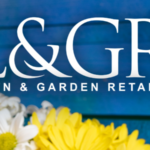
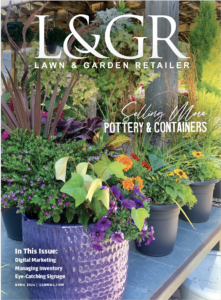
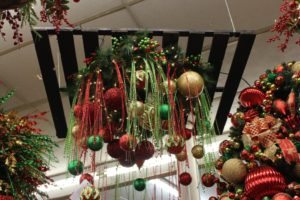
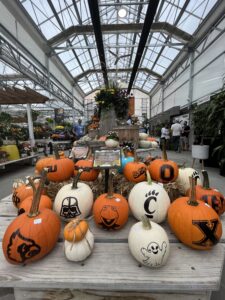
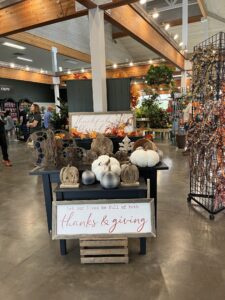
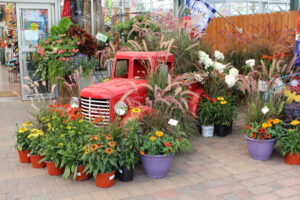
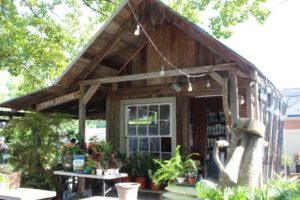
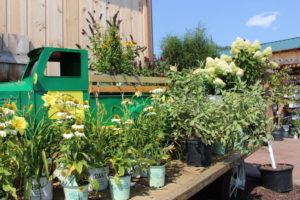

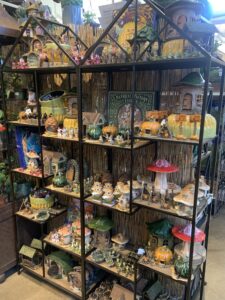

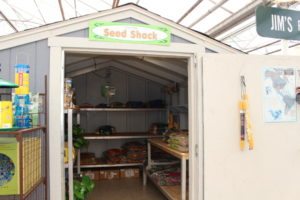
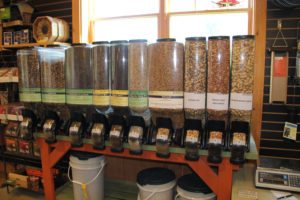
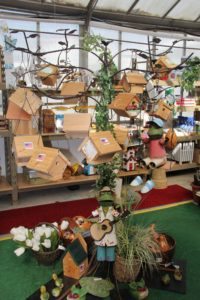
 Videos
Videos




